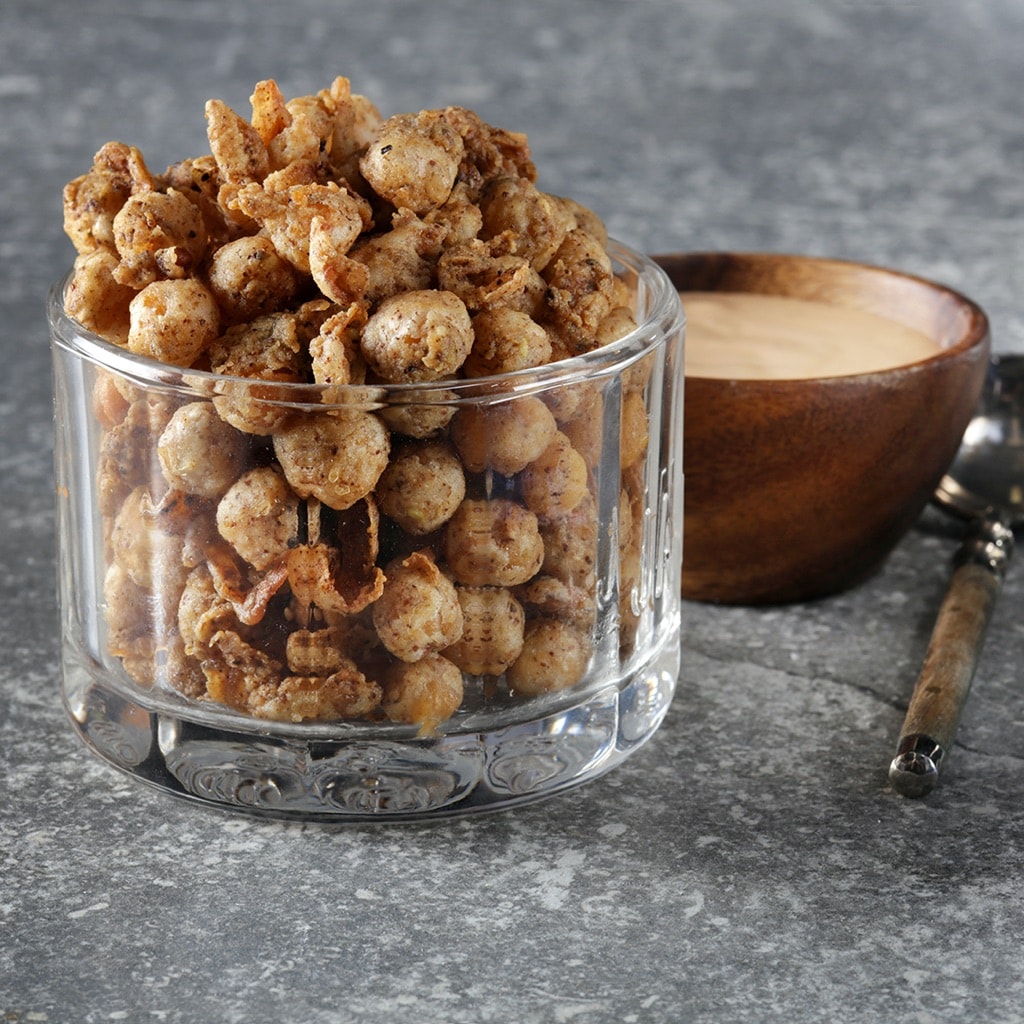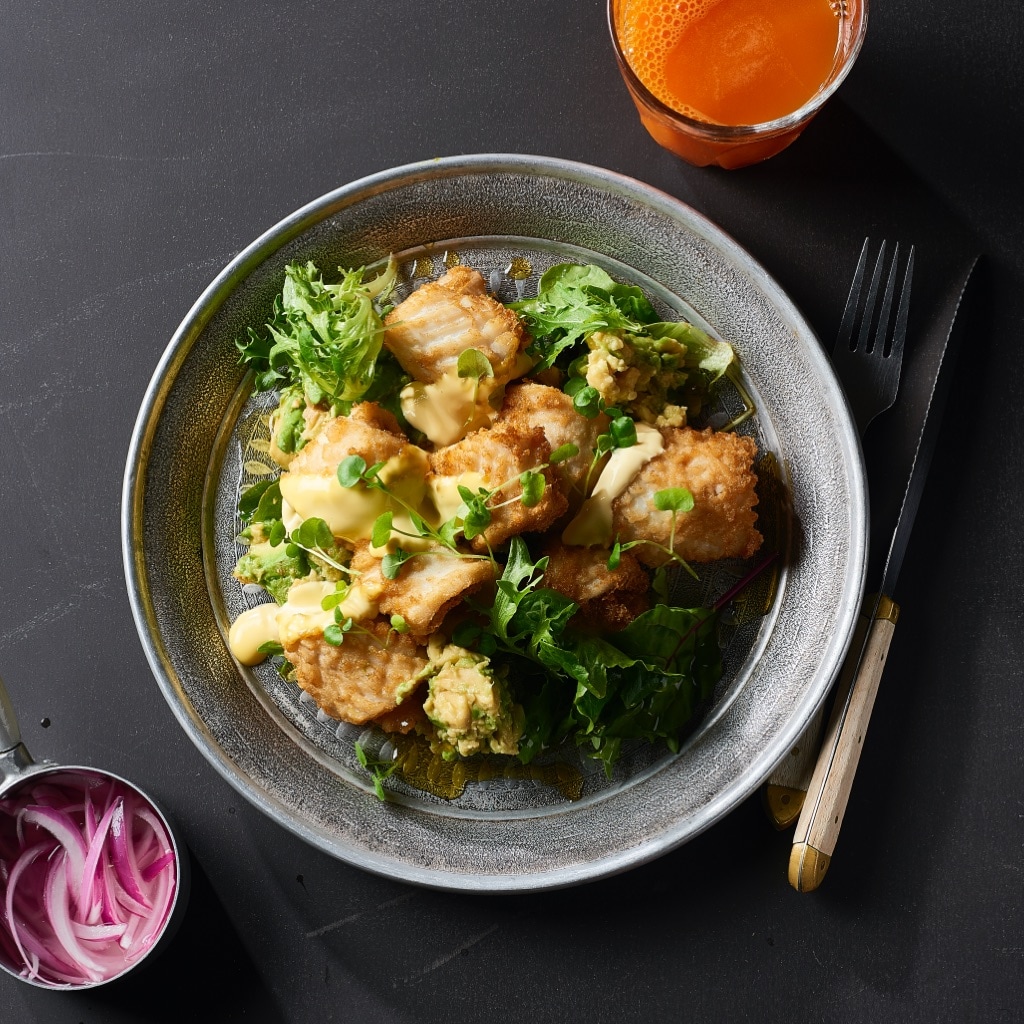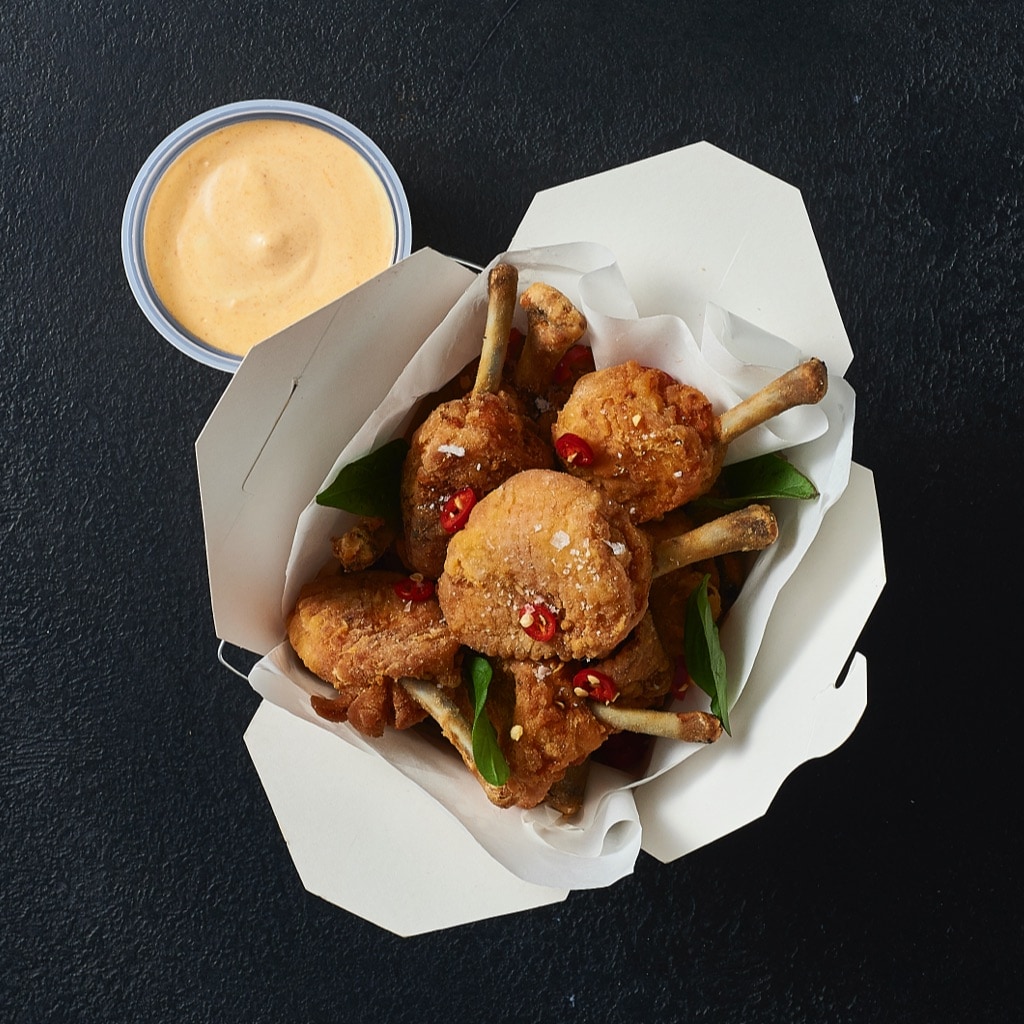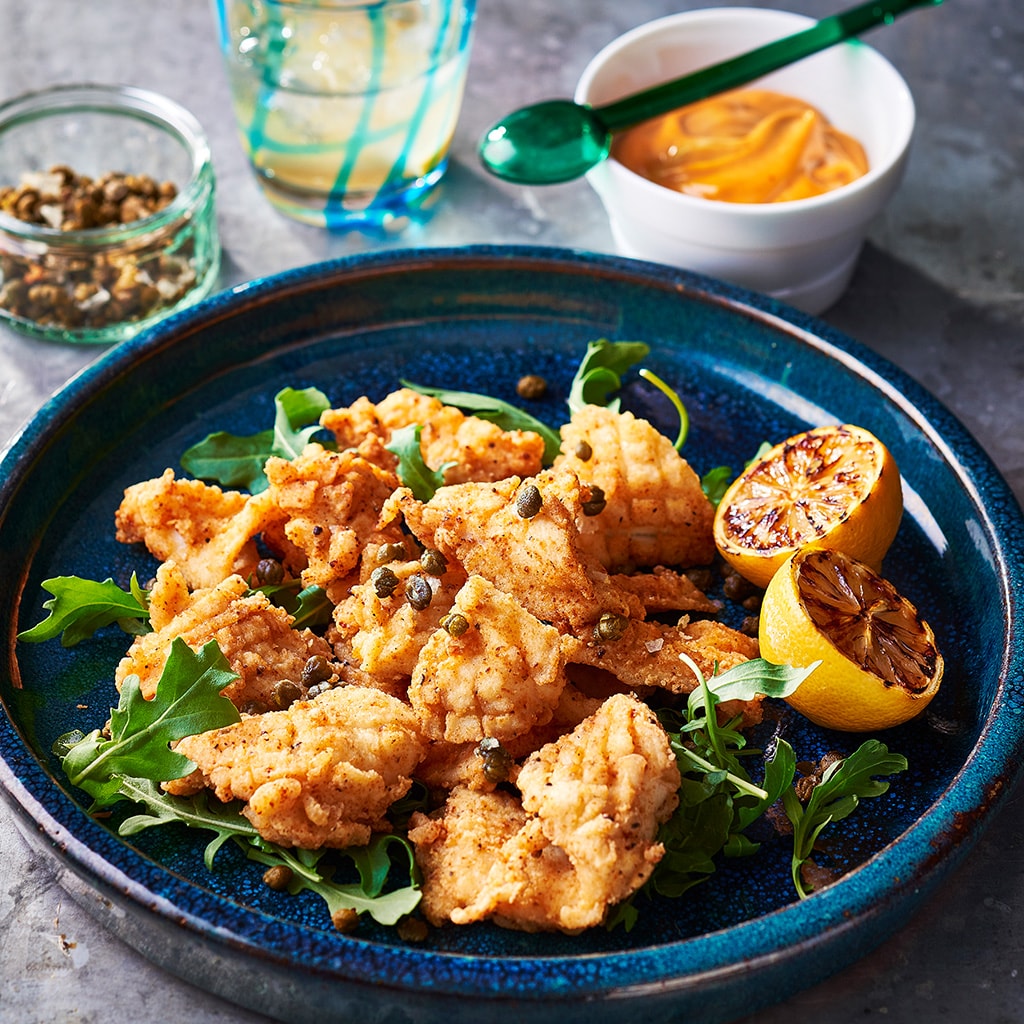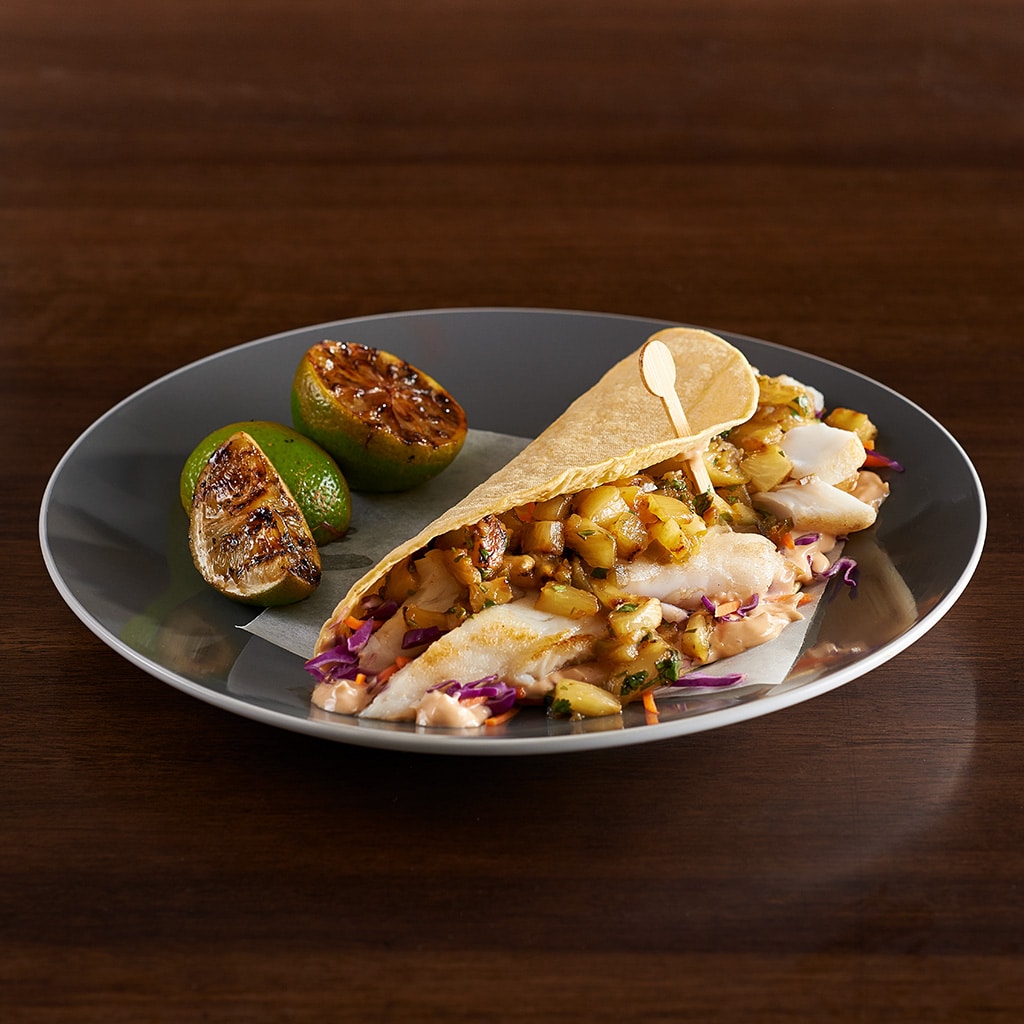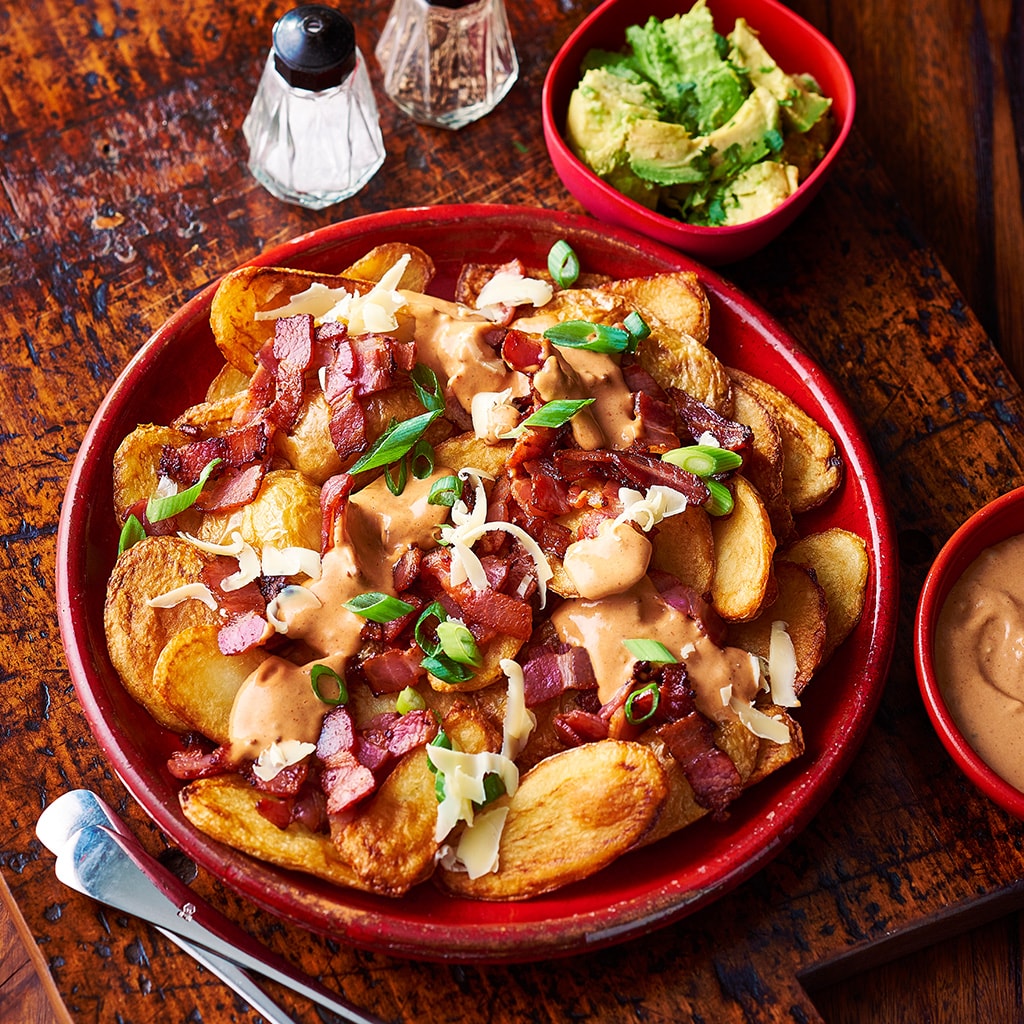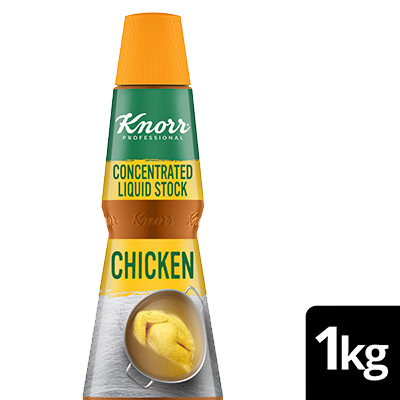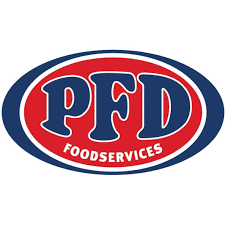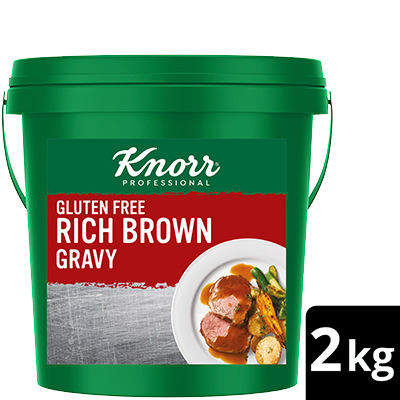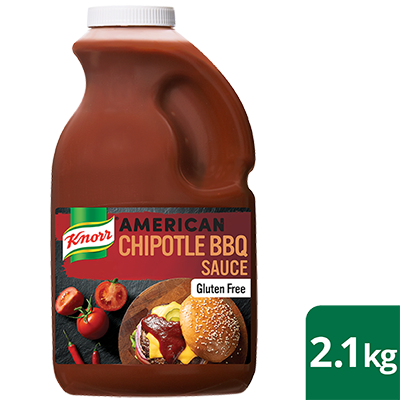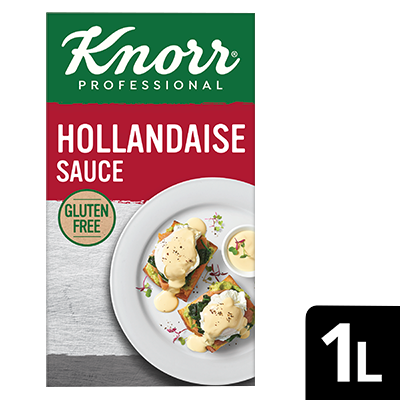There has long been an invisible wall between the bar and the kitchen, with most pub chefs being fully focussed on what is on the plate rather than what drink the dish should be served with. Yet today many clever creators in the kitchen are tinkering with menus by adding brews to pair with a signature dish.
Along with the growth in wine matching menus, the influence of pairing craft beers with menu items has recently become an increasingly popular part of hospitality scene and one that punters are fully embracing.
If you are thinking about jumping on board, questions to consider include what lagers will go with my beer-battered fish and chips? Is porter the best friend of my new beef and bacon pie? Or is an IPA going to be best friends with that Thai grilled salad chicken on my lunch menu?
Because different palates appreciate different combinations, there is no real right or wrong answer. It’s like saying all white wines are best matched with white meats and all red meats require, well, what else but a red wine. It’s just not the case.
While matching the essential elements of food and beer may not seem an age-old question today, it certainly has been a historical challenge going back to Elizabethan times when water was considered unsafe to drink, so the English of the time drank beer or ale instead.

More recently there has been a focus on two types of ales: English and American pale ales, both being hop-focussed beers. Pale ale evolved from Britain’s occupation of India when a heavily hopped ale, that would normally be aged like wine, successfully survived a long trip to the hot Asian continent without refrigeration.
IPAs that lean extra-heavily on bitterness can be a tricky food match. While some foods may make the beer seem more astringent, a super-bitter beer seems to work well with fried or salty foods, as the salt and fat tone the bitterness down yet highlight the maltiness.
For dishes on the lighter side Chefs may need to think about matching a citrussy pale ale with a lemon, mint and feta pasta or pairing it with a spicy Thai beef salad which, despite the contrast will complement rather than competes with those bold Asian flavours.
On the seafood front, a currently on-trend kingfish ceviche or carpaccio, with a squeeze of lime, would best be matched with an American-style India pale ale to ensure those subtle flavours aren’t overpowered, as any Chef knows.
It’s true hoppiness when an IPA works together with Indian spices such as tamarind, coriander and cardamom in a curry. Similarly, Mexican cuisine with its bean, chilli, coriander and lime also makes a great IPA partner.
For richer winter dishes, such as lamb shanks, or beef cheek, aim for a Belgian beer in the Flemish red style or an intense English aged malty porter.
Does that new tomahawk pork chop you are putting on the menu need a helping hand from a German or Czech pilsener or is a darker maltier wheat beer a better option? It’s those types of questions only your palate can answer.
It’s when a Chef is able to convince a barman to stock a wonderful new wheat beer from a little-known brewer to match with a cracking new signature dish, that the lines start to blur and both kitchen and bar work their magic to keep punters coming back for more.
By Grant Jones, founder Chef's Garage
Chef's Garage is a hospitality and Chef talent management consultancy.
Related Articles
Top recipes
-
Moroccan Chickpea Popcorn with Harissa Dip -
Crispy Squid with Zingy-lime-daise -
Chicken Lollipops with Red Curry Butter -
Smoked Salmon and Cream Cheese Spring Rolls -
Pulled Pork Tacos -
Corn Fritter Chilli Jam Choy Bow -
Beef Croquettes -
Steamed Bun with Pork Belly and Hoi-sin Mayonnaise -
Crispy Squid with Smoked Chilli Aioli -
Aloha Fish Taco -
Cheese Burger Bao -
Loaded Skins -
Teriyaki Lamb Cutlets -
Chicken Schnitzel with Jalapeño Gravy, Cheese, Bacon, and Onions
Related Products
Log in or Create an account to access:
- Get access to this content
- Discover the latest culinary trends
- Explore and save your favourite recipes
- Watch free video training courses for chefs

